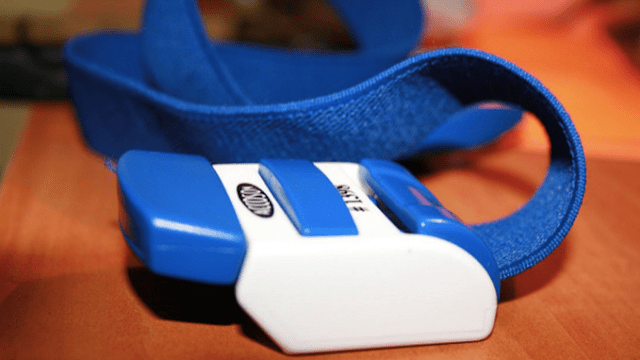There are some skills you hope you never need to use, but having them could be a matter of life and death.
Image: Scoro/Flickr
BleedingControl.org, an group begun by the American College of Surgeons, has successfully campaigned for a national US Stop The Bleed Day. The organisation believes that many lives could be saved if ordinary citizens had some basic information on how to stop traumatic bleeding in an emergency situation.
Reporter and certified EMT Tim Mak rounded up the most critical points on the day dedicated to bleeding awareness in an effort to teach more people how to save lives.
According to Mak, 20 per cent of people who die from bleeding could have been saved with this care, and bleeding to death is the top cause of preventable death. Here’s what you need to know.
What To Look For
It is possible to bleed to death from smaller wounds, but people who bleed out often do so because they have cut an artery.
You will know an artery has been severed if blood is spurting from the wound and bright red. Also, if blood is pooling, if the injured person is unconscious, or if you’re seeing a partial or full amputation.
A person with a severed artery can die in two to three minutes.
[referenced url=”https://www.lifehacker.com.au/2018/04/how-to-stop-severe-bleeding-in-an-emergency/” thumb=”https://www.lifehacker.com.au/wp-content/uploads/sites/4/2018/04/bandage-410×231.jpg” title=”How To Stop Severe Bleeding In An Emergency” excerpt=”When somebody gets a traumatic injury like a gunshot, it’s often not the trauma itself that kills them, but blood loss. In honour of yesterday — Stop the Bleed Day — read on for the basics everyone should know.”]
How To Intervene
Mak provided a step-by-step guide which may seem simple, but in a scenario where someone is massively bleeding, you might be a little panicked. Simple rules help.
First, make sure you aren’t stepping into danger.
Then, call 000. Even if you’re about to stop the bleeding successfully, you want trained medical professionals to get there ASAP.
Then you find the injury and apply pressure to stop the blood loss.
Let’s walk through the steps of civilian bystander bleeding control.
First, ensure your own safety. Is it safe to step in?
Second, follow the ABCs:
A: Alert 9-1-1
B: Bleeding: Find/expose the bleeding injury
C: Compress: apply pressure to stop the bleeding.#NSTBD18 pic.twitter.com/0mKdKUhaOV— Tim Mak (@timkmak) March 30, 2018
What are we compressing? We’re putting pressure on blood vessels to stop bleeding.
You can do this in three ways: applying direct pressure; or, if you have a medical kit, using a tourniquet or wound packing with gauze pic.twitter.com/bvwgi9oWJr
— Tim Mak (@timkmak) March 30, 2018
You may not have a tourniquet on hand, but if you do, tie it off between the blood flow and the exit wound, above the injury.
If not, or if the wound is too big to be contained by a tourniquet, grab a clean cloth or haemostatic (bleeding control) gauze, if available. Pack the wound and hold it down with steady pressure. You’re trying to close off the artery and keep it closed until help can arrive.
Mak advises people apply as much pressure as possible, because even if the injury is severe, the artery is fairly deep inside the body. You need to press hard to reach it and shut it off.
Finally, if you have the presence of mind to do so, mark the time the tourniquet or pressure was applied. This is useful information for medical professionals, as there are dangers to leaving tourniquets on too long.

Comments